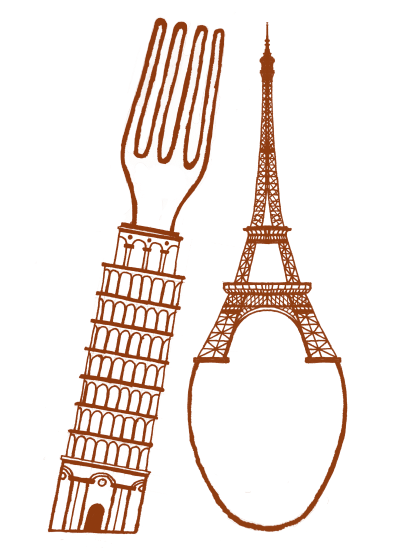Essere e Avere - Introduction lesson on two of the most important and vastly used verbs in Italian. Welcome back to another lesson in Italian. Today's lesson is a grammatical one. We'll be exploring the Present tense for two very commonly used verbs - Essere (to be) and Avere (to have). These two verbs are also used in some popular idiomatic expressions.
1. Essere is used with DI + name of a city (indicating origin).
Example: Lei è di Parigi. (She is from Paris.)
2. Essere is used with an adjective of nationality.
Examples: Lui è tedesco. (He is German.)
Io sono di Malta, tu di dove sei? (I'm Maltese, where are you from?)
3. Essere + di + proper name is used to indicate possession. No apostrophe S is used in Italian to indicate possession.
Examples: La macchina è di Martina. (The car is Martina's.)
I vestiti sono di Marco e Vittoria. (The clothes are Marco's and Vittoria's.)
4. To find out who the owner of something is, ask:
- Di chi è + singular
Example: Di chi è questa valigia? (Who's luggage is this?)
- Di chi sono + plural
Example: Di chi sono questi cavalli? (Who's horses are these?)
5. Essere is also used with reflexive verbs: those verbs whose action reverts to the subject.
Examples: Mi sono laureato. (I graduated.)
Si sono divertiti. (They enjoy themselves.)
La coniugazione di Essere
io sono
tu sei
lui/lei è
noi siamo
voi siete
loro sono
The verb Avere is used when referring to:
1. To have (got).
Example: Ho molti amici. (I have many friends.)
2. To have, to own.
Example: Luca ha un nuovo cellulare. (Luca has a new mobile phone.)
3. To have on, to wear.
Example: Anna ha dei pantaloni nuovi. (Anna has a new pair of trousers.)
La coniugazione di Avere
io ho
tu hai
lui/lei ha
noi abbiamo
voi avete
loro hanno
All of the above shows simple explanation and some examples for you to follow. The endings for both Essere and Avere change according to the pronouns. Now, click on the link below, download the worksheet and practice these two important verbs in Italian.
